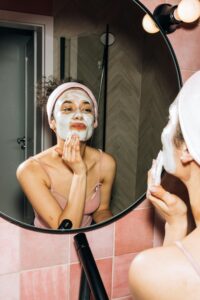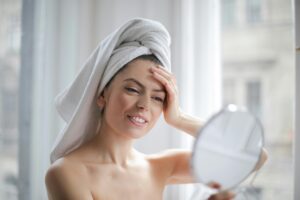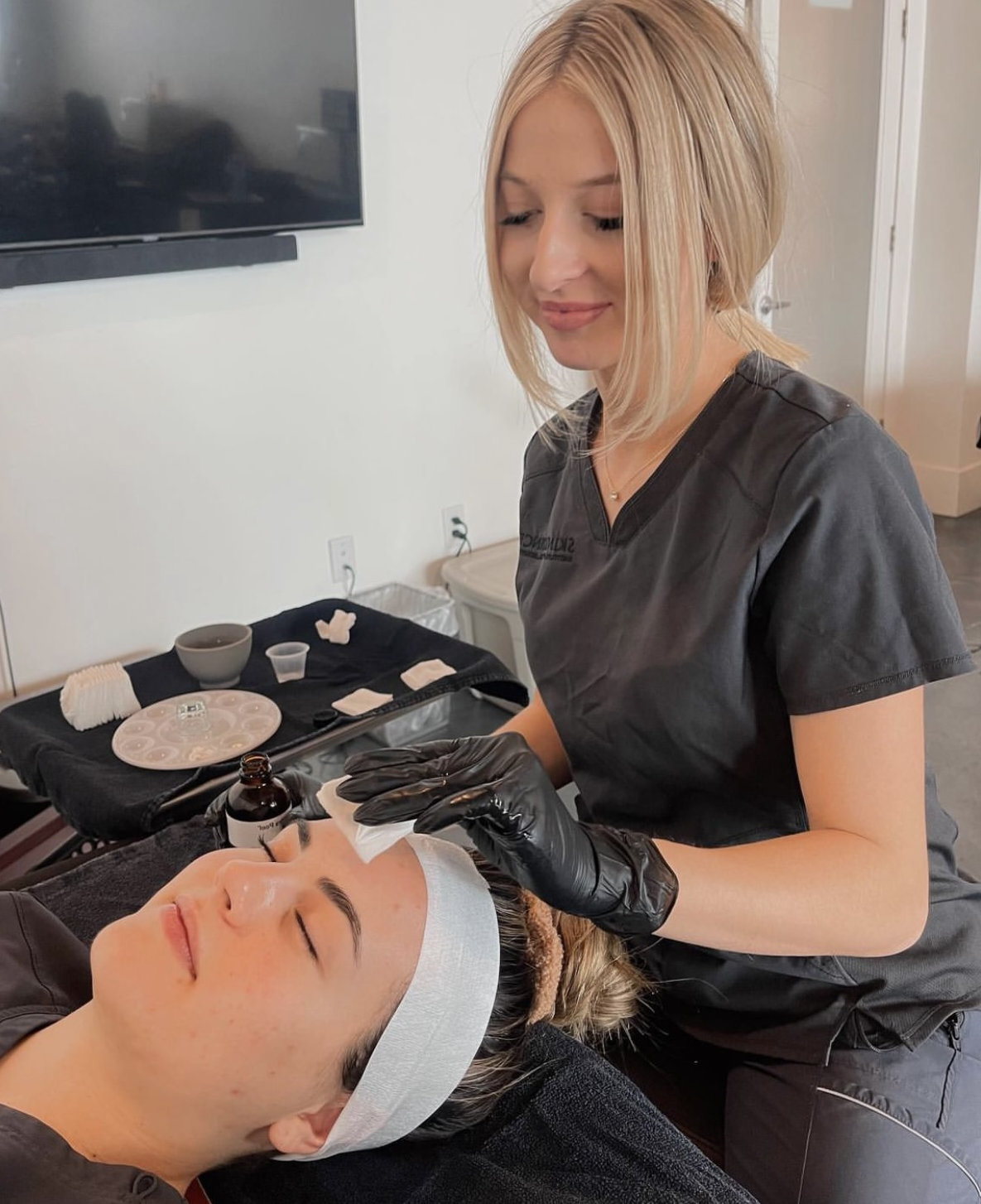As a student contemplating applying to
esthetician school, you may wonder what you learn in eyelash extensions classes. At
Skin Science Institute, Utah’s premier esthetician school, we teach students how to apply eyelash extensions correctly and safely. Once you get your esthetician license, you will want to build a long list of satisfied customers who return to you for fill-ins after you apply eyelash extensions.
What Are Eyelash Extensions?
You have likely seen many people with
eyelash extensions. Sometimes it’s easy to tell and other times it’s not.
The term “eyelash extensions” sounds like the lashes are being extended and in a way, they are. But it’s not because you are adding something to the ends of eyelashes. Rather, you are adding something to the root.
The process of applying eyelash extensions involves gluing artificial lashes to natural lashes from root to tip. For the lashes to look as natural as possible, the aim is to choose shorter eyelashes to bind to longer, artificial lashes. When the process is done correctly, the entire natural lash is adhered to the artificial lash, making the natural lash thicker and longer.
The glue usually holds indefinitely, but clients will eventually need fill-ins because lashes naturally fall out over time. Most clients require a fill-in every three to four weeks.
Learning Safety in Lash Extensions Classes
As you can imagine, coming near clients’ eyes with tweezers and glue can be dangerous. Too many people try to save money on eyelash extensions by having them done by an unlicensed practitioner. These practitioners may work out of their homes or visit the homes of clients. This is unsafe because clients don’t know if the practitioner has taken eyelash extensions classes or if they merely watched some YouTube videos and decided to give it a try.
Worse, clients won’t know if their equipment is sterile. And that’s the most dangerous part.
One of the reasons estheticians and cosmetologists must hold licenses is because states can then be sure they have properly learned cleaning, sterilization and safety procedures. If the tweezers and other supplies are merely washed between clients but not sterilized, unlicensed practitioners can spread eye diseases, including conjunctivitis, blepharitis, demodex and styes. Conjunctivitis, blepharitis and styes are caused by bacteria or viruses, while demodex is a microscopic mite.
In Skin Science Institute’s
eyelash extension classes, we teach students to always put their tools in the autoclave after each client. An autoclave — used in salons, dentists’ offices and other health care settings — is a small machine that sterilizes tools between uses.
Some municipalities require salons and other businesses to have an autoclave onsite, but even if it is not required, an autoclave should always be used to clean tools between clients.
Still, you may visit or get a job in a salon that doesn’t have an autoclave. Even a small, salon-sized autoclave is over $1,000. Some salons don’t want to spend the money. Sterilizing the tools usually takes about 15-20 minutes, and some practitioners don’t want to take the time, although this problem can be remedied by investing in several sets of tools.
In lash extensions classes, we teach students never to use tools that haven’t been sterilized.
Separately, it is possible for clients to have an allergic reaction to the components in the glue or the lashes used in eyelash extensions. This can cause redness, swelling and other problems. However, this is not an issue that can be controlled by the esthetician applying the lashes. Whenever redness, swelling, pain, discharge or other issues occur after a client gets eyelash extensions, we urge the client to go to a doctor for an evaluation. Determining if they are allergic to any part of the process is important to avoid having the issue arise again at a fill-in.
Getting the Client’s Look Right
Different clients will have different expectations when it comes to lash extensions. Some will want natural-looking lash extensions so they don’t have to take the time and trouble to put mascara on. Lash extensions are much more convenient than mascara for several reasons.
First, you don’t have to apply it every day — you just wake up beautiful! With lash extensions, there’s no mess — no black specks on your cheeks, no raccoon eyes, no stains on your pillowcase. You just have beautiful eyelashes 24/7.
Women who prefer waterproof mascara may find that the process of removing it is time-consuming, arduous and makes their lashes fall out. This is not a concern with lash extensions.
While skillfully applied eyelash extensions can be made to look completely natural, some women prefer a different look. Call it dramatic, theatrical or just plain amazing, some clients will want long, thick, curly lashes. You may think they look fun and flirty, or you may think they look like caterpillars or spiders, but the important thing is that the client is happy.
You can imagine what might happen if you accidentally gave the client who wanted natural lashes a dramatic look and the client who wanted theatrical lashes a natural look — neither would be too happy. That’s why it’s important to listen carefully to what clients want ahead of time and even look at pictures together to be sure you understand. Some clients are not good at expressing themselves, and you must work harder to properly comprehend their wishes.
The Importance of Eyelash Extensions Classes
We have talked about all the things that can go wrong when you’re applying eyelash extensions, and that’s why we want to underscore the importance of taking lash extensions classes from an accredited esthetician school such as
Skin Science Institute.
To learn more about eyelash extensions classes or our
esthetician program, contact us today.




